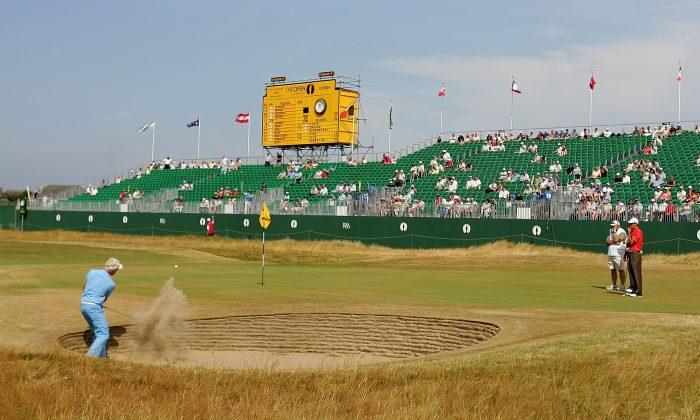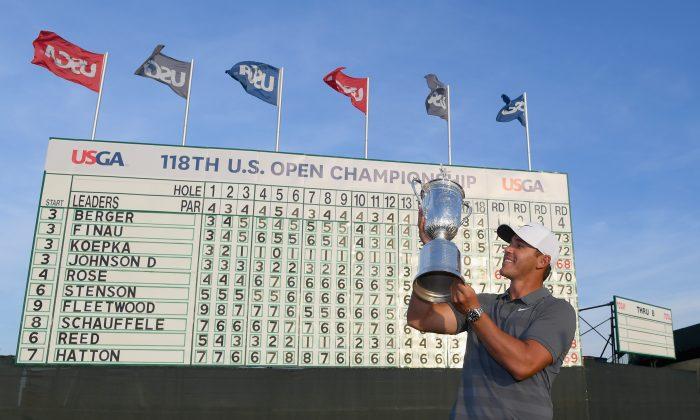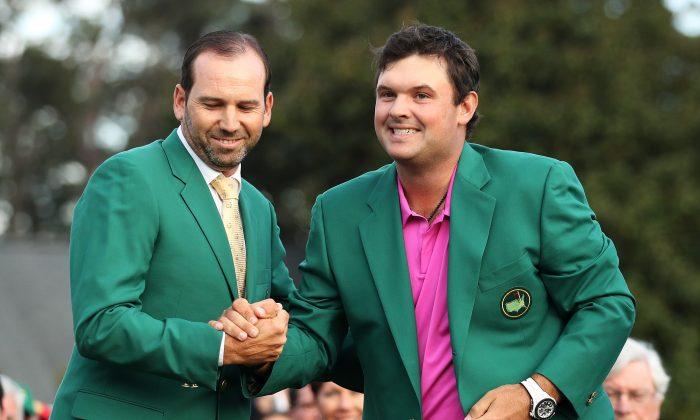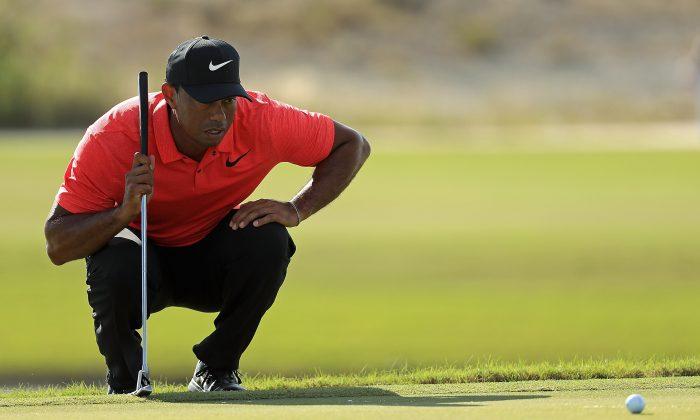HOYLAKE, England—For world class golf professionals the most severe penalty usually encountered is avoiding water hazards of all types. The reason is obvious—the dropping of a shot could prove pivotal during any event.
As severe as any lost shot at a water hazard can be—there’s an even more penalizing situation that can wreak havoc on the brittle psyches of players in the hunt for The Open title at Royal Liverpool this week. Rarely do major golf events have out-of-bounds markers impacting play at the highest of levels. Out-of-bounds areas are locations where play is prohibited and the penalty for such an action is not only a dropped stroke—but also a loss of distance. In sum—once a player is “out-of-bounds” the only option is to replay the shot with the aforementioned penalties applying.
The British Open (aka “The Open”) is unique among all of golf’s major events as oftentimes architectural quirks of one type or another can play a major role with balls taking routinely unforeseen bounces—sometimes to the player’s advantage and at other times to their detriment. Think of it this way, how many courses in the world can lay claim to a “road” being a significant element such as The Road Hole 17 at the Old Course at St. Andrews?
A few years back when Darren Clarke claimed the 2011 Open at Royal St. George he was pursued by Dustin Johnson—the talented young American player. At the famed “Suez” hole–hole number 14—Johnson was in position to reach the par-5 in two strokes but pushed his second shot far right with the ball flying out-of-bounds off course property. Game over—win for Clarke.
When John Daly claimed The Open in 1995—at the Old Course at St. Andrews—his drive on the driveable par-4 18th in the third round came dangerously close to running out-of-bounds behind the final green before stopping on a slight up-slope bank prior to the steps of the clubhouse.
Royal Liverpool, this years’ Open site has out-of-bounds areas as well—called “cop hazards” in the UK. However, the placement of the out-of-bounds areas does not differentiate between actual course property and areas of land not associated with the course. The cop hazards are placed internal to the course itself—a rarity among facilities hosting major golf events.
When playing the actual 1st hole at Royal Liverpool golfers are presented with a most unnerving prospect: out-of-bounds markers hug the entire right side of this dog-leg right hole called “Course.” In order to provide for more viewing areas and overall freedom for gallery movement the 1st hole has been moved into the 3rd position for The Open. Nonetheless, the prospect in hitting into the cop hazard will be very much on the minds of all the contestants.
The final hole for The Open this year is a rather interesting par-5 hole. Usually in the 16th position for standard play, the hole—called “Dun”—is now the closer and at 560 yards is reachable for the longest of players but only if the out-of-bounds area—positioned on the right side of this dog-leg right hole—is challenged smartly.
With the finishing hole a par-5, one can expect plenty of fireworks as contestants seek to make the most of one last opportunity to improve their position. In all likelihood expect the final round pin position to be placed as far right as possible making the out-of-bounds penalty even more daunting.
Those who are fearless and execute soundly will reap clear dividends. Those, on the other hand, failing to heed to the internal out-of-bounds on both the 3rd and 18th holes at Royal Liverpool this week will hear the words all golfers dread when confronting such situations—re-load. Nothing is more disconcerting to any golfer then having to do the same shot again—this time with stroke and distance penalties applying.
M. James Ward, a member of Golf Writer’s Association of America (GWAA) and past member of Met Golf Writer’s Association (MGWA), has reported on golf’s grandest events since 1980 in a variety of forums.
‘Cop Hazards’ at the British Open to Play Havoc

7/17/2014
Updated: 7/17/2014



